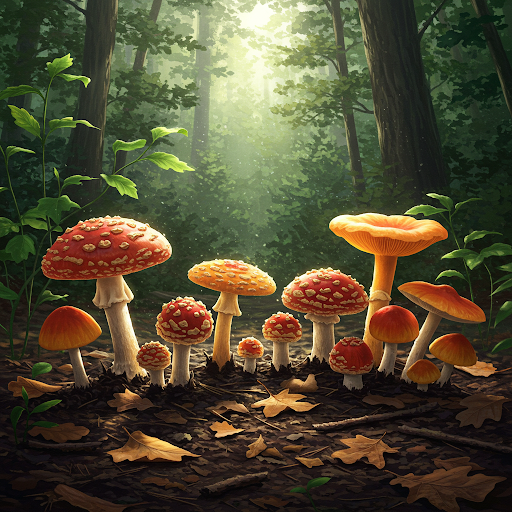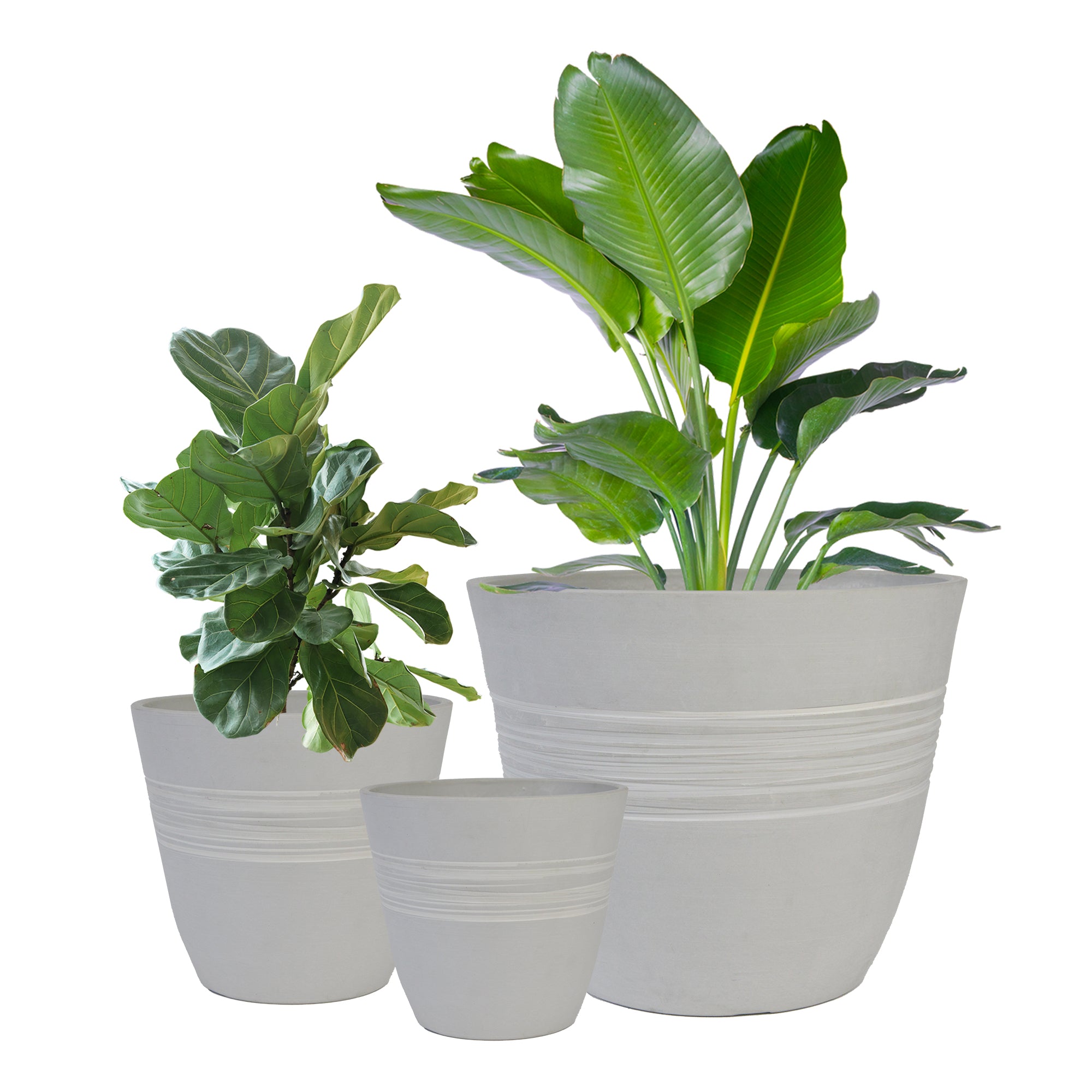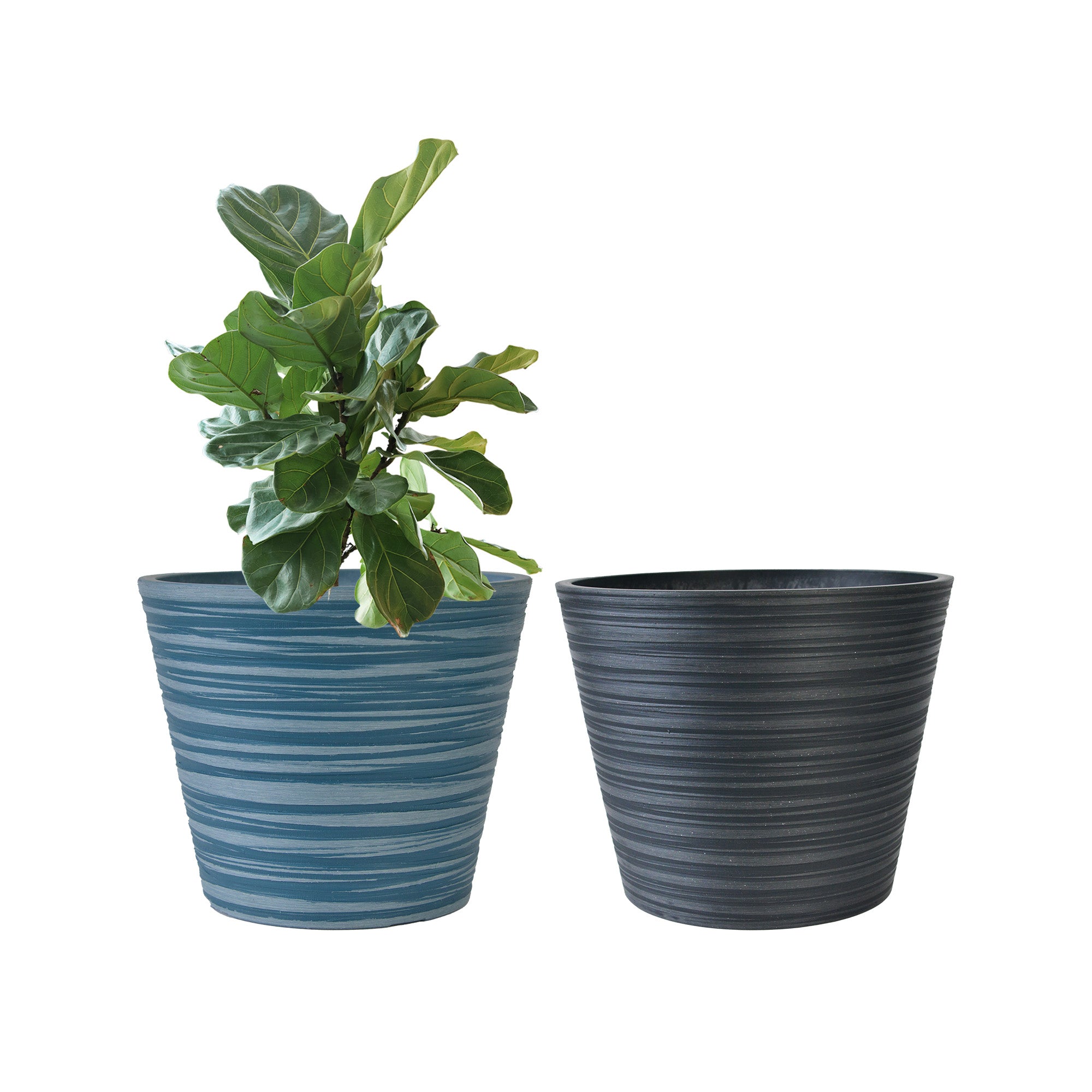From Toadstool Tales to Fungi Facts: Unmasking Common Mushroom Myths in America
Mushrooms: these enigmatic fungi have been the subject of fascination and folklore for centuries. In America, where interest in both foraging and home-grown varieties is sprouting, so too are a few persistent myths and misconceptions. It’s time to separate the fairytale from the facts and shed some light on the truth about these fascinating organisms.

Myth 1: All White Mushrooms Are Safe to Eat.
This is a particularly dangerous misconception. While many edible mushrooms are white, including the common button mushroom found in grocery stores, some of the most toxic species, like the deadly Amanita family, can also be pure white. Relying on color alone is a recipe for disaster. Fact: Never identify a mushroom based on color alone. Always use a variety of identification characteristics and consult with expert resources.
Myth 2: You Can Get Sick or Die Just by Touching a Toxic Mushroom.
While some mushrooms can cause skin irritation upon contact, the notion that simply touching a poisonous mushroom can be fatal is largely untrue. The toxins in most poisonous mushrooms need to be ingested to cause harm. Fact: It’s always wise to wash your hands after handling any wild mushroom, especially if you are unsure of its identification, but casual contact is generally not dangerous.
Myth 3: Cooking a Poisonous Mushroom Makes It Safe to Eat.
Unfortunately, this is false. While cooking can break down some toxins in certain types of mushrooms, many dangerous toxins are heat-stable and will remain harmful even after prolonged cooking. Fact: Cooking will not render all poisonous mushrooms safe to eat. When in doubt, throw it out.
Myth 4: Only Wild Mushrooms Can Be Dangerous.
While the risks associated with misidentified wild mushrooms are well-known, it’s important to handle all mushrooms properly. Even commercially grown varieties can cause issues if not stored or cooked correctly. Fact: While store-bought mushrooms are generally safe, it’s crucial to ensure they are fresh and properly prepared to avoid any potential issues.
Myth 5: Mushrooms Have No Nutritional Value.
This couldn’t be further from the truth. Mushrooms are actually packed with essential nutrients. They are low in calories and fat, yet rich in vitamins (like B vitamins and vitamin D), minerals (such as selenium, potassium, and copper), and antioxidants. Fact: Mushrooms are a nutritious addition to a balanced diet.
Myth 6: Wild Mushrooms Are Never Safe to Eat.
While caution is absolutely necessary when foraging, the idea that all wild mushrooms are dangerous is incorrect. Many edible and delicious mushroom species grow wild in North America. The key is accurate identification. Fact: With proper education and guidance, foraging for wild edible mushrooms can be a rewarding experience. Always go with an experienced forager or consult reliable field guides and experts.
Myth 7: You Can Tell if a Mushroom is Poisonous by Smell or Taste.
This is a dangerous myth that has led to many unfortunate incidents. Poisonous mushrooms don’t always have a foul odor or bitter taste; in fact, some are reported to taste quite good. Fact: Never taste or smell a wild mushroom to determine if it’s safe to eat. Rely solely on accurate identification.

Myth 8: Growing Mushrooms at Home is Difficult.
While some gourmet varieties can be challenging to cultivate, growing mushrooms at home is surprisingly accessible, even for beginners. Oyster mushrooms, for example, are known for being relatively easy to grow on various substrates like logs or even coffee grounds. Fact: With the right kit or supplies, growing your own delicious and safe mushrooms at home can be a fun and rewarding hobby.
By understanding these common misconceptions and seeking out reliable information, American mushroom enthusiasts can enjoy these fascinating fungi safely and knowledgeably, whether found in the wild or cultivated at home. Remember, when it comes to wild mushrooms, if in doubt, always throw it out!
Plant Pots 6 inch 8 inch 12 inch for Indoor Outdoor Plants, Set of 3 Modern Decorative Planter with Drainage Hole, Decorative Flower Pots
By greenship-seo|2025-04-10T06:38:40+00:00January 16, 2025|Categories: Hand-carving Series|Tags: Decorative Flower Pots|
HS
By greenship|2024-08-13T06:45:17+00:00August 13, 2024|Categories: Hand-carving Series|
11TH
By greenship|2024-08-13T02:50:25+00:00August 13, 2024|Categories: Hand-carving Series|
Planter 5 in W / 8 in W / 12 in W or Indoor Outdoor Plants, Modern Decorative Plant Pots with Drainage Hole, Decorative Flower Pots
By greenship-seo|2025-04-10T06:37:58+00:00January 16, 2025|Categories: Hand-carving Series|Tags: Decorative Flower Pots|
Modern Plant Pots丨Planter for Indoor Plants,8 inch or 10 inch Plant Pots with Drainage Hole,Decorative Flower Pots
By greenship-seo|2025-04-10T08:32:55+00:00January 7, 2025|Categories: Hand-carving Series|Tags: Decorative Flower Pots, Self-Watering Pots|
KC2-11V
By greenship|2024-08-16T05:39:50+00:00August 16, 2024|Categories: Hand-carving Series|






